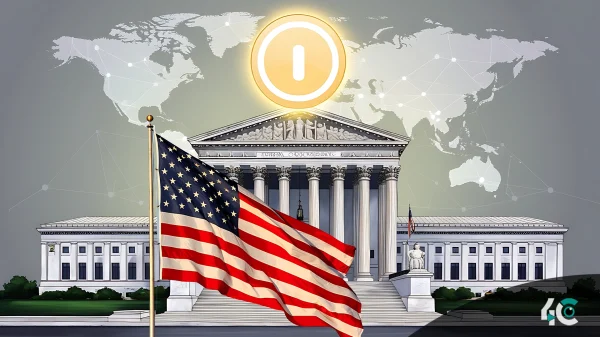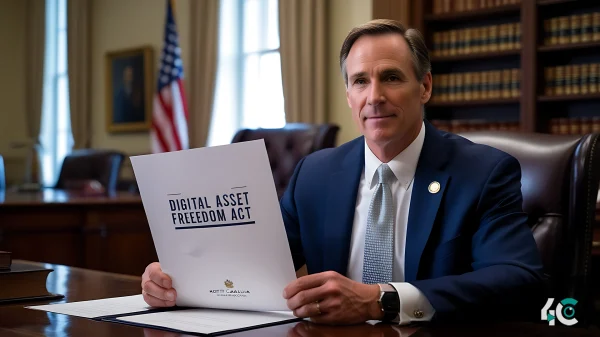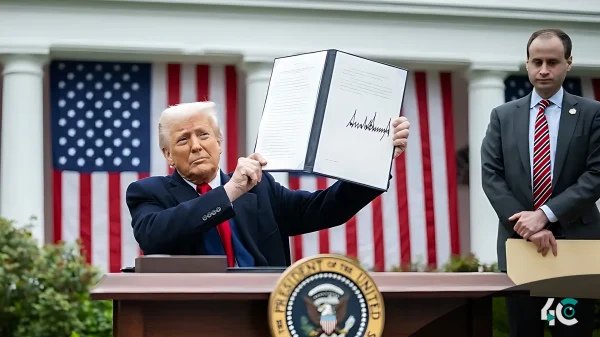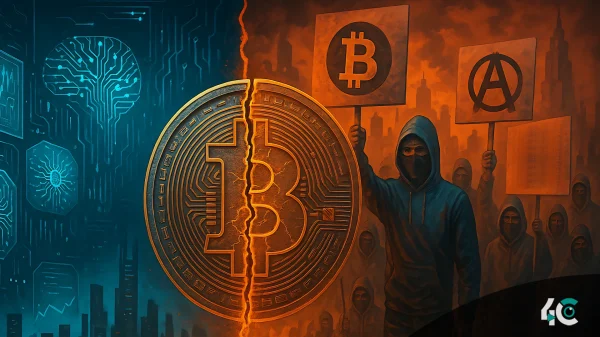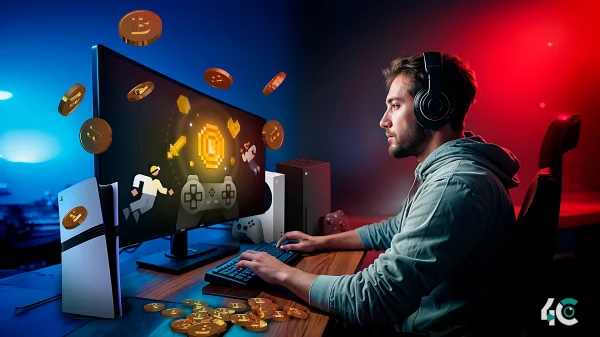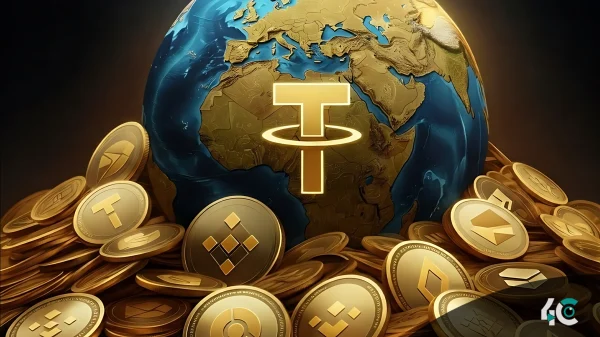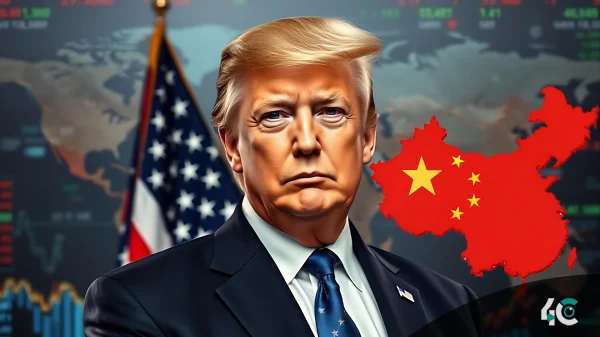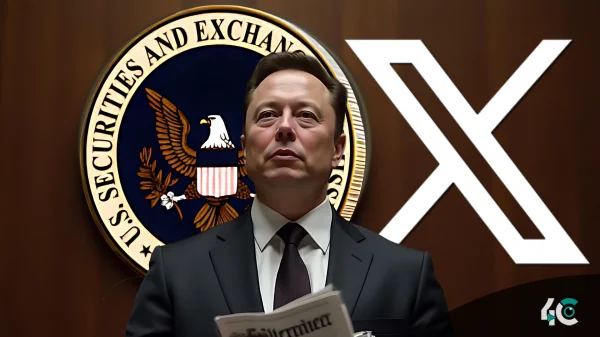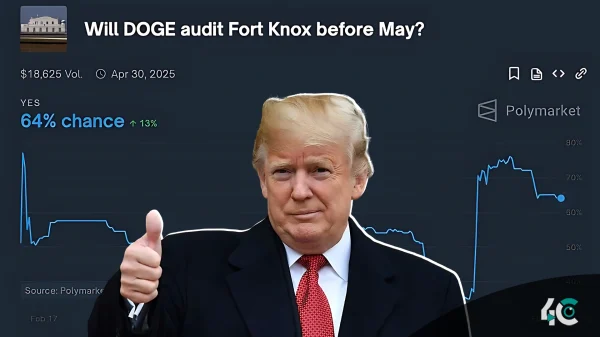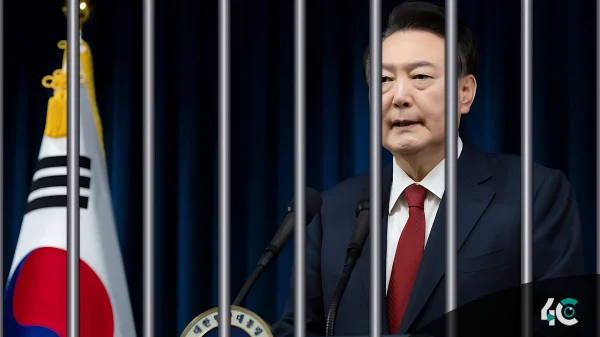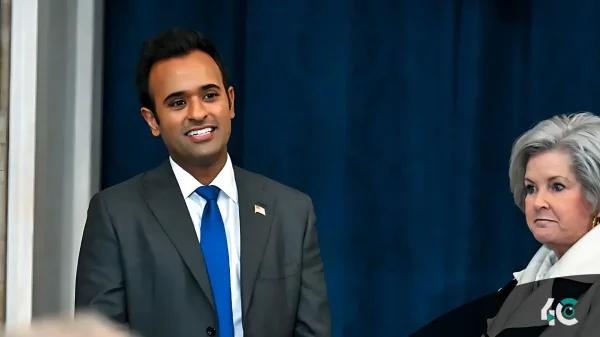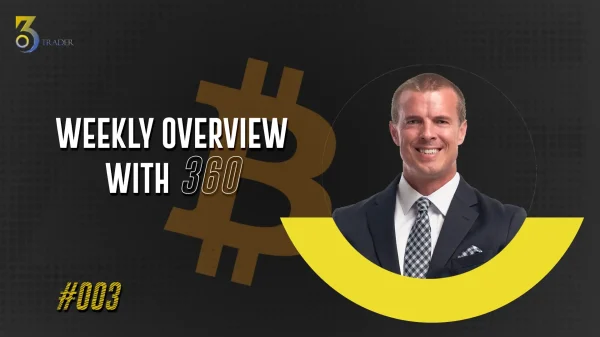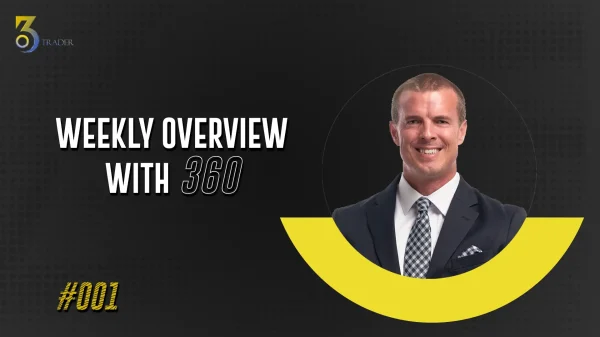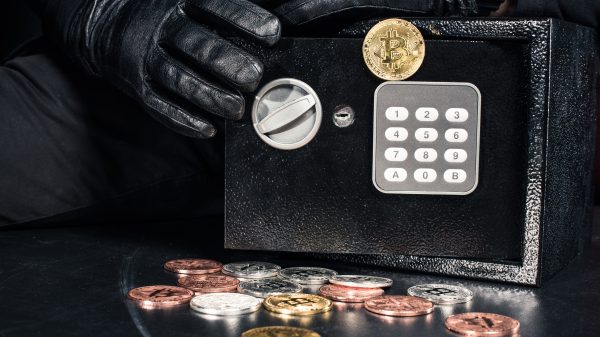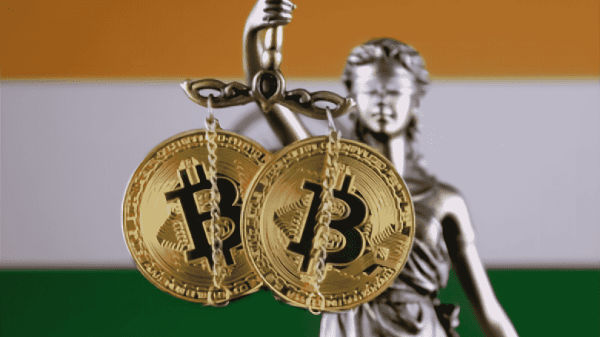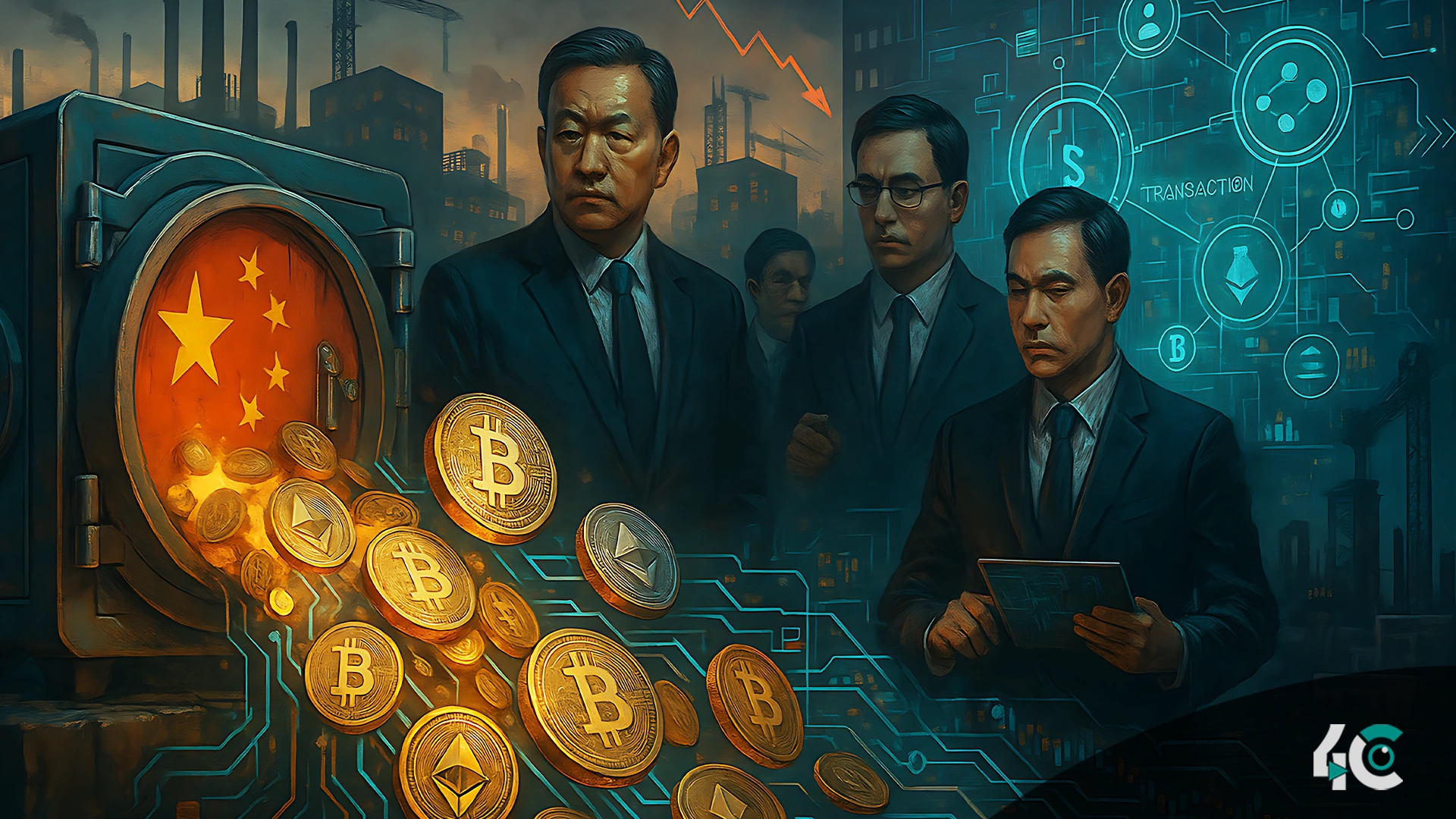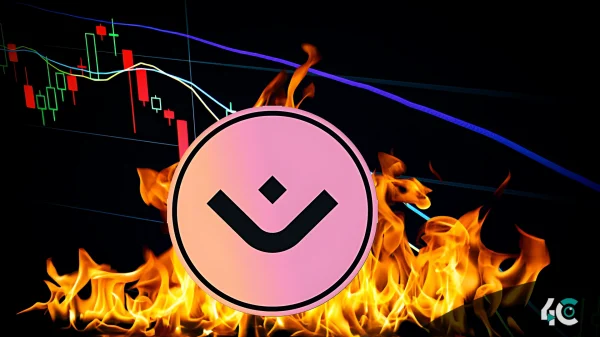The China crypto liquidation strategy has seen the government sell nearly $20 billion worth of Bitcoin seized from the 2019 PlusToken Ponzi scheme. This move aims to bolster the national treasury following the country’s comprehensive trade ban on cryptocurrencies. Analysts, including CryptoQuant CEO Ki Young Ju, suggest that the 194,000 BTC were funneled through mixers and sold on exchanges like Huobi, despite official statements indicating the assets were merely transferred to state coffers. This large-scale liquidation underscores China’s complex stance on crypto, banning its trade while leveraging its value to support economic objectives.
China’s Cryptocurrency Selling: A Silent Economic Aid
Even though publicly, China has banned cryptocurrency trading, the local governments are selling seized cryptocurrencies for much-needed cash for their struggling economies. Authorities are working with private companies to sell cryptocurrencies taken from criminals, often in offshore markets.
There are no guidelines available at the national level for dealing with these assets, leading to confusion. This shady process could lead to corruption or mismanagement of funds, according to legal experts.
Massive Crypto Holdings Raise Questions
By the conclusion of 2023, Chinese authorities were allegedly in control of about 15,000 Bitcoins, which were worth nearly $1.4 billion. Altogether, China is calculated to have nearly 194,000 Bitcoins, valued at roughly $16 billion, making it the world’s second-largest holder of Bitcoin after the United States.
A total of seized cryptocurrency worth hundreds of billions traces massive digital crimes in the country. Selling these assets helps local budgets, but it raises moral and legal issues. China bans trading or fundraising using crypto. Recently, authorities confiscated a remarkable 600 million yuan ($83 million) from criminal activities.
Calls for Centralized Management
Some experts argue that China should create a unified, centralized system to manage confiscated crypto instead of relying on private firms. Ideas have been put out that would allow the central bank to manage these holdings or even to create a fund with Hong Kong for sovereign digital assets, which still allows crypto trading.
People who think this can turn confiscated digital assets into a financial weapon use these statements. A rise in geopolitical tensions and currency instability can make this approach strategically appealing to China.
Rising Crypto-Related Crimes Highlight Need for Reform.
Crypto-related crimes in China have surged recently. Prosecuted for money laundering and other crypto-related crimes. The rise in cases has created a demand for a framework for seized cryptocurrencies.
Lawyers and regulators are having debates over how to counter this. Ideas have included recognizing virtual currencies as legal tender within the court system and adopting a uniform approach. Reforms seem likely, although not yet decided upon within the legal system and regulators’ sphere.
Balancing Revenue Generation with Accountability
China’s economic issues can be addressed quite effectively by selling seized cryptos; however, it may not be very effective due to transparency concerns. There’s a real possibility of corruption or other disasters if there isn’t clarity.
Judges, lawyers, and policymakers are increasingly debating the need for consistent action. China should find a way to raise more revenue without being responsible through either centralized control or creative mechanisms like a sovereign digital asset fund.
Conclusion
China’s silent sale of confiscated crypto emphasizes the challenges of handling digital assets under tight regulations. The selling off of goods by the police may provide sources of revenue for cash-strapped local governments, but it also shows holes in the country’s legal and regulatory frameworks.
The ongoing debate on what to do with confiscated crypto only brings home the reality that China’s play on digital assets will not only change the dynamics of its economy but will also raise the stakes for the country in the global arena. Currently, the country is at a crucial point of choosing between innovation benefits and unregulated benefits.






